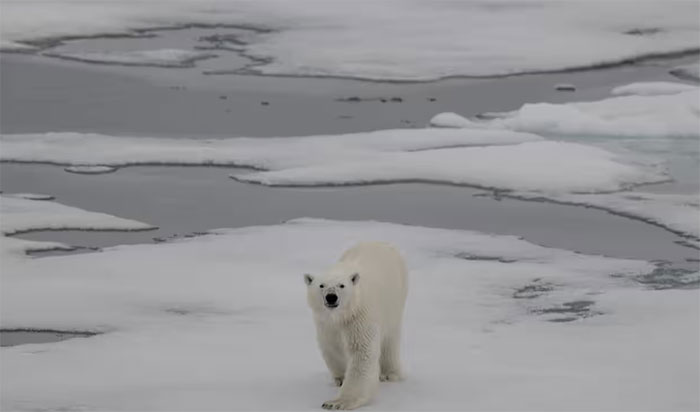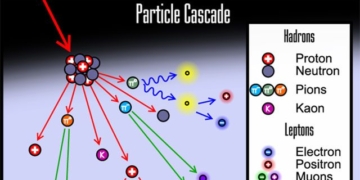The Arctic faces the risk of being ice-free during summer months as early as 2035 due to emissions from fossil fuels.
According to a study published in the journal Nature Reviews Earth & Environment, the disappearance of Arctic ice during summer could occur a decade earlier than previously predicted.

Iconic Arctic species such as polar bears, seals, and walruses will be severely impacted by melting ice – (Photo: GETTY IMAGES)
In particular, ice-free September will occur more frequently between 2035 and 2067. The frequency of ice melt depends on global emissions.
By the end of the 21st century, if global emissions remain alarmingly high, the Arctic could be ice-free from May to January of the following year.
If emissions decrease, ice-free conditions would only occur from August to October.
This poses a serious threat to the habitats of iconic wildlife in the region, such as polar bears, seals, and walruses.
Dr. Alexandra Jahn, an associate professor of atmospheric and oceanic sciences at the University of Colorado and the lead author of the study, stated: “This situation will transform the Arctic into a completely different environment, changing from a white Arctic in summer to a blue Arctic. Therefore, we need to keep emissions as low as possible to prevent this situation from prolonging.”
Fortunately, humanity still has a chance to address the problem.
“Unlike the ice sheet in Greenland, which takes thousands of years to form, if we can find a way to remove CO2 from the atmosphere in the future to reverse the warming (of the Earth), ice will return to the Arctic within a decade,” she added.
Arctic wildlife is not the only group suffering from melting ice. Humans, particularly coastal communities, will face greater challenges ahead.
Ice reduces the impact of ocean waves on the coastline; if it disappears, waves will become stronger, larger, and cause more erosion.



















































